The most useful technologies to promote inclusive education
Inclusive education seeks to ensure that all students, regardless of their skills, needs or circumstances, can access a quality education and actively participate in the classroom. To achieve this objective, technology plays a crucial role in providing tools and resources that eliminate barriers and encourage educational equity. Next, we will explore the most useful technologies for inclusive education, highlighting its impact and how they can effectively implement in classrooms.
1. Screen readers and assistance software
Screen readers are essential tools for students with visual disabilities. These technologies make the text audible content, allowing users to navigate documents, websites and applications easily.
Outstanding examples:
- Jaws (Job Access With Speech): This software is widely used by people with blindness or severe visual disability.
- NVDA (nonvisual desktop access): A free alternative that allows full access to digital content.
Practical applications:
Screen readers are ideal for students who require accessible materials, such as texts in formats compatible with assistance technology (for example, EPUB). In addition, they encourage the independence of students by allowing them to explore educational resources for themselves.
2. Automatic translation applications and voice recognition
The cultural and linguistic diversity in the classrooms raises the challenge of communicating effectively with students who speak different languages. Automatic translation applications and voice recognition facilitate real -time interaction and eliminate linguistic barriers.
Popular Tools:
- Google Translate: It allows instant translations in multiple languages, including voice to text functions.
- Microsoft Translator: It offers real -time translation and automatic subtitles options.
Key benefits:
These applications are particularly useful for migrant students or refugees who face the double task of learning a new language while continuing their education.
3. Real -time subtitles and automatic transcription
Real -time subtitles and transcription technology is vital for students with auditory disabilities or difficulties in processing auditory information. These systems make speech to text instantly, which improves accessibility during classes, conferences or virtual meetings.
Outstanding technologies:
- Zoom and Microsoft Teams: Both platforms offer real -time subtitles.
- Otter.AI: Provides live transcription with high precision.
Impact on the classroom:
Subtitles not only benefit students with hearing impairment, but also those who learn in a language other than their own.
4. Adaptive Learning Platforms
Adaptive learning uses artificial intelligence to customize the educational content according to the individual needs of each student.
Examples of platforms:
- Khan Academy: It offers personalized lessons that fit the student's rhythm.
- Smart Sparrow: It provides interactive content that adapts according to the user's responses.
Advantages:
This inclusive approach allows students to advance to their own rhythm, reducing pressure and promoting effective learning.
5. 3D printers and tactile materials
For students with physical or visual disabilities, 3D printers offer an innovative way to interact with complex concepts through tactile materials.
Educational applications:
- Creation of molecules models or solar systems accessible to blind students.
- Relief maps that facilitate touch learning in geography.
6. Virtual and augmented reality (VR and AR)
Virtual and augmented reality offers immersive experiences that are especially valuable for students with physical or cognitive disabilities.
Outstanding tools:
- Google Expeditions: It allows virtual visits to historical or scientific places.
- Merge Cube: Convert everyday objects into interactive educational resources.
7. Alternative and augmentative communicators (CAA)
Increaseive and alternative communication systems are essential for students with speech disabilities or autistic spectrum disorders.
Practical examples:
- Proloquo2go: Use visual symbols to help users communicate.
- Tobii dynavox: Specialized devices for communication through ocular monitoring.
Conclusion
The integration of inclusive technologies in education not only improves access to learning, but also transforms the way students interact with knowledge and among them. Tools such as screen readers, translation applications, real -time subtitles, adaptive platforms, 3D printers, virtual reality and alternative communicators are leading the way to more inclusive and equitable classrooms.
To maximize the impact of these technologies, it is essential to train teachers and ensure that schools have adequate resources. Inclusive education is not only a right, but an opportunity to build a more just and equitable society, where each student can achieve their maximum potential.
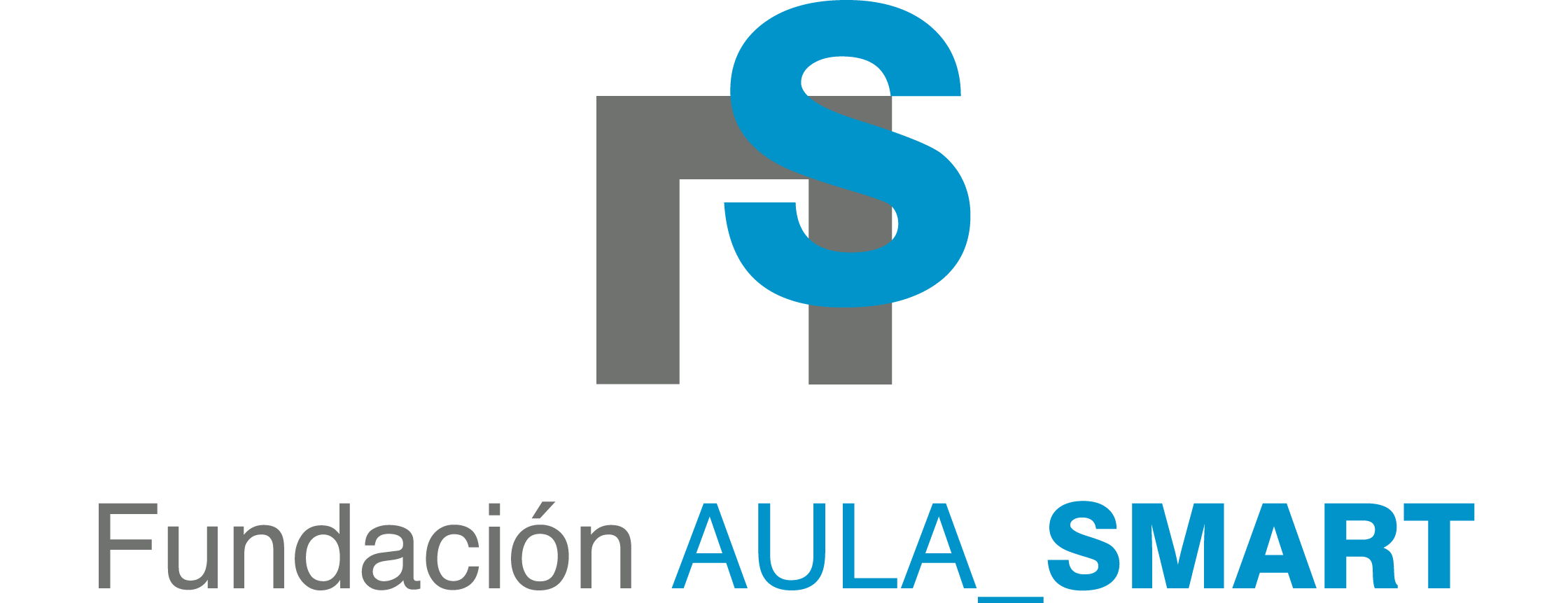


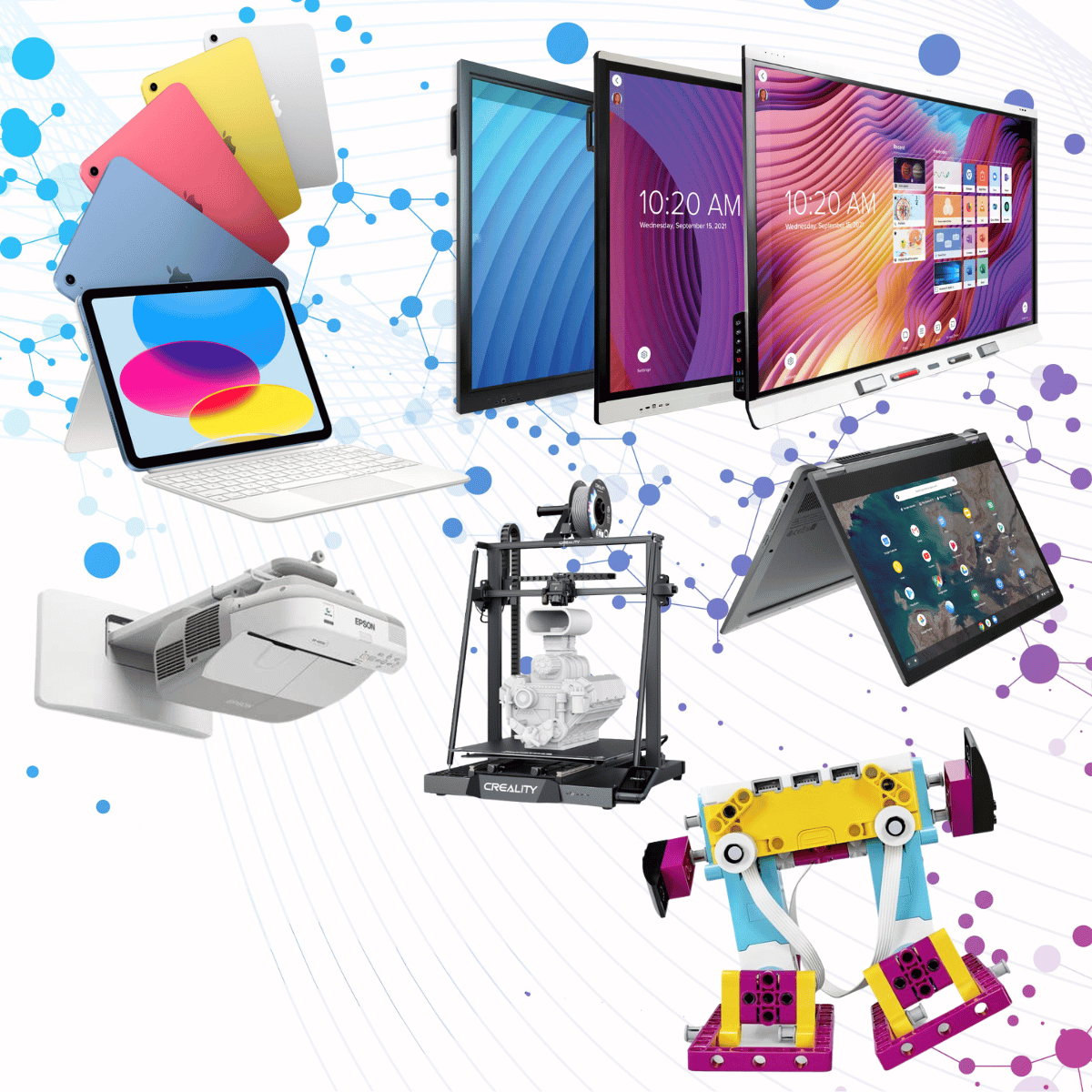
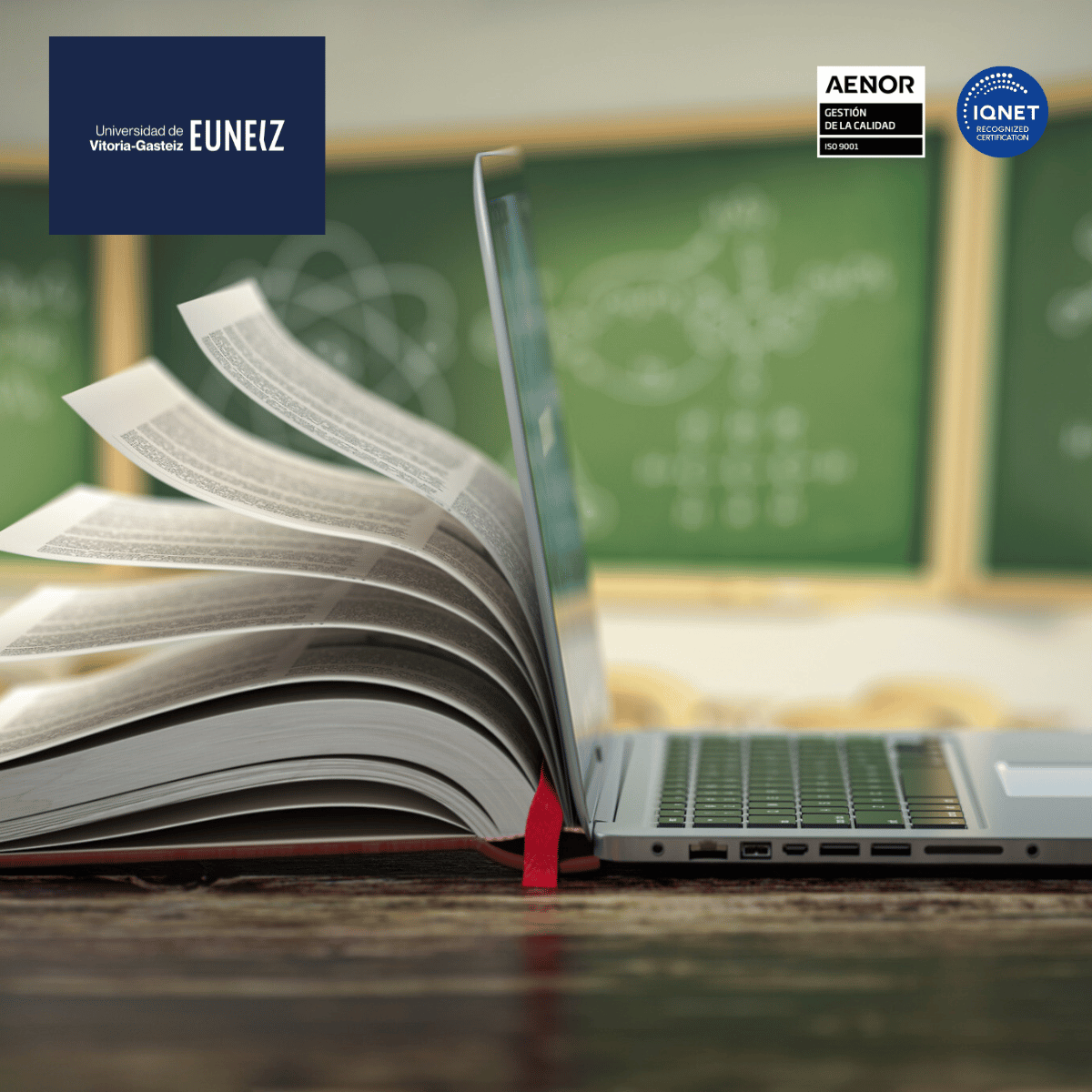
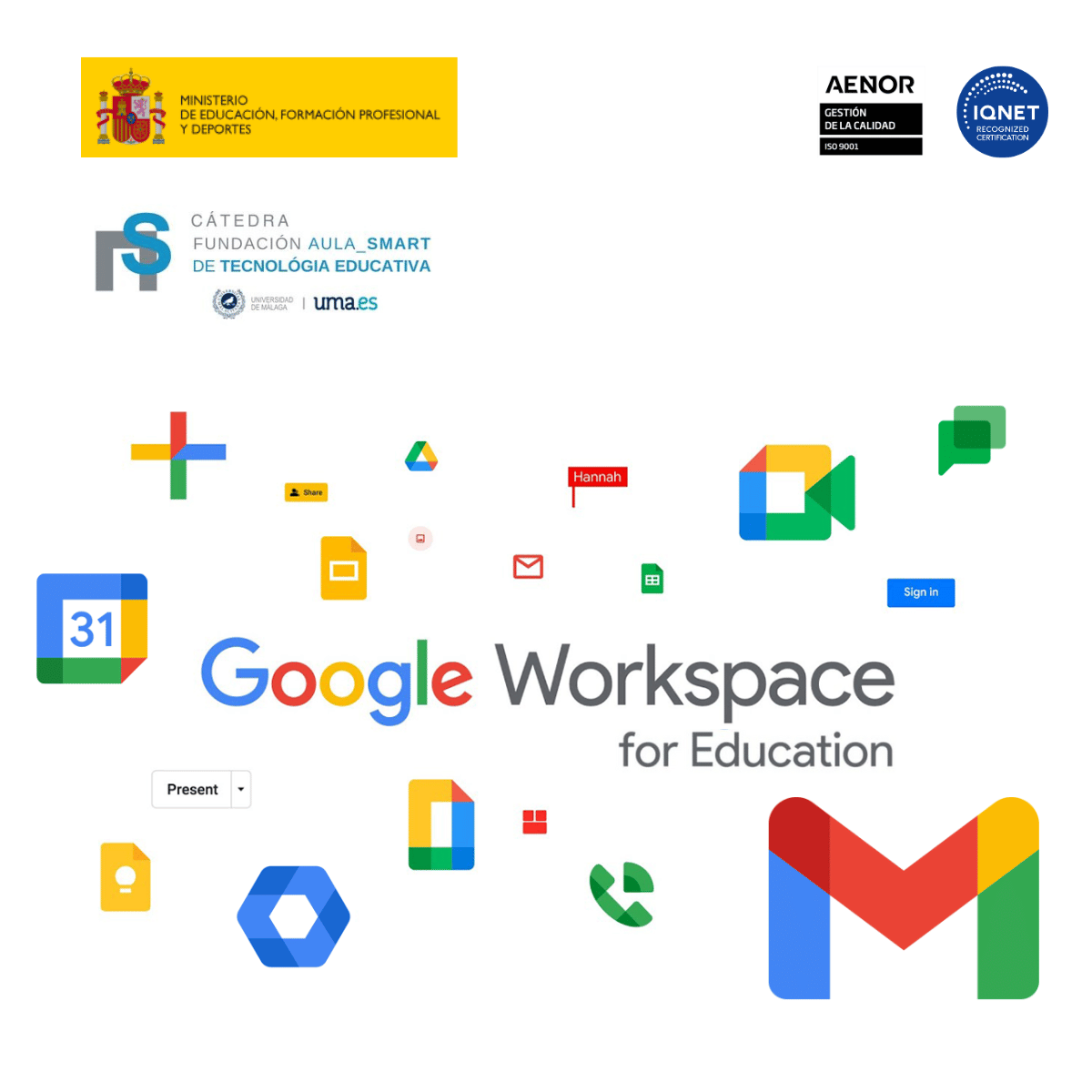
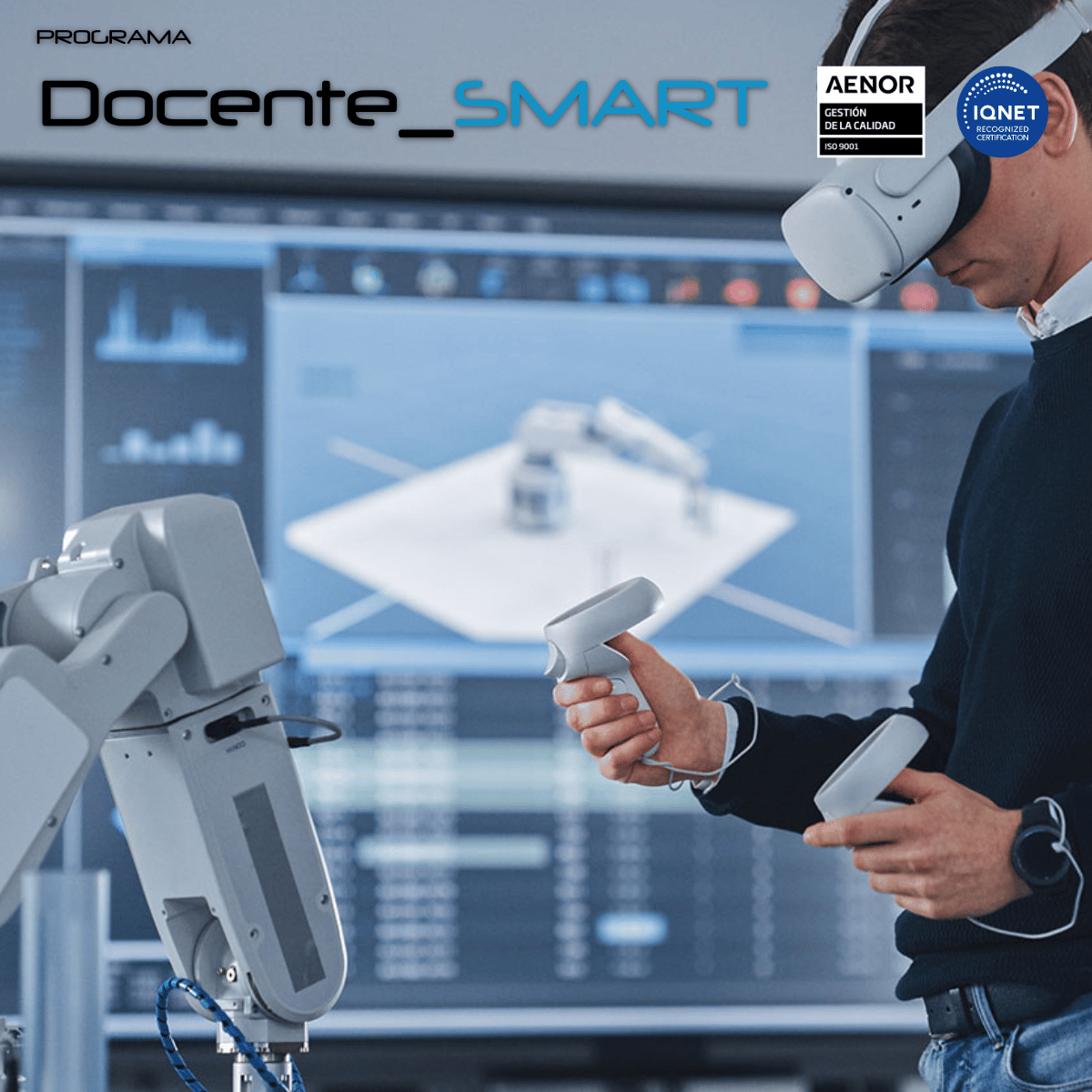
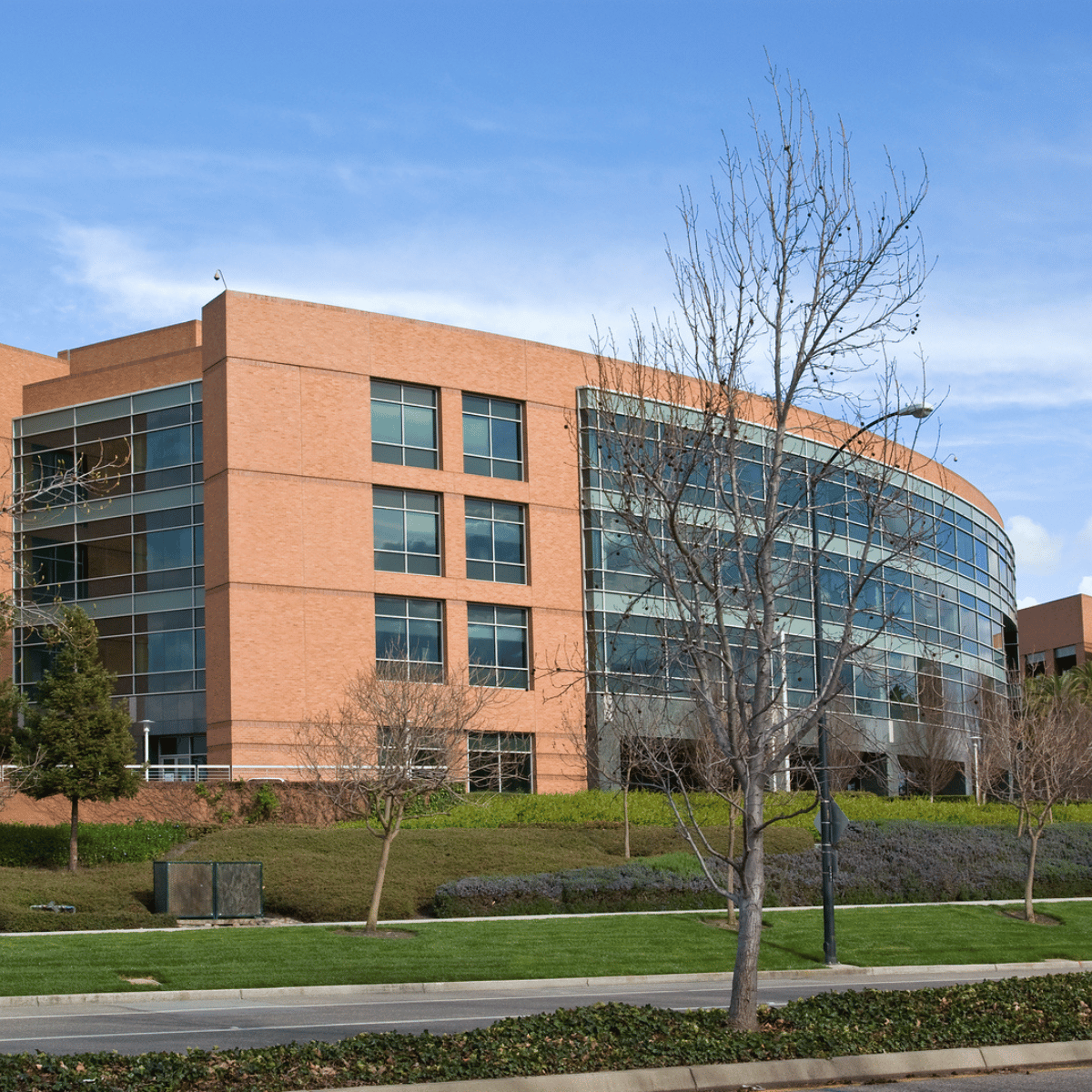

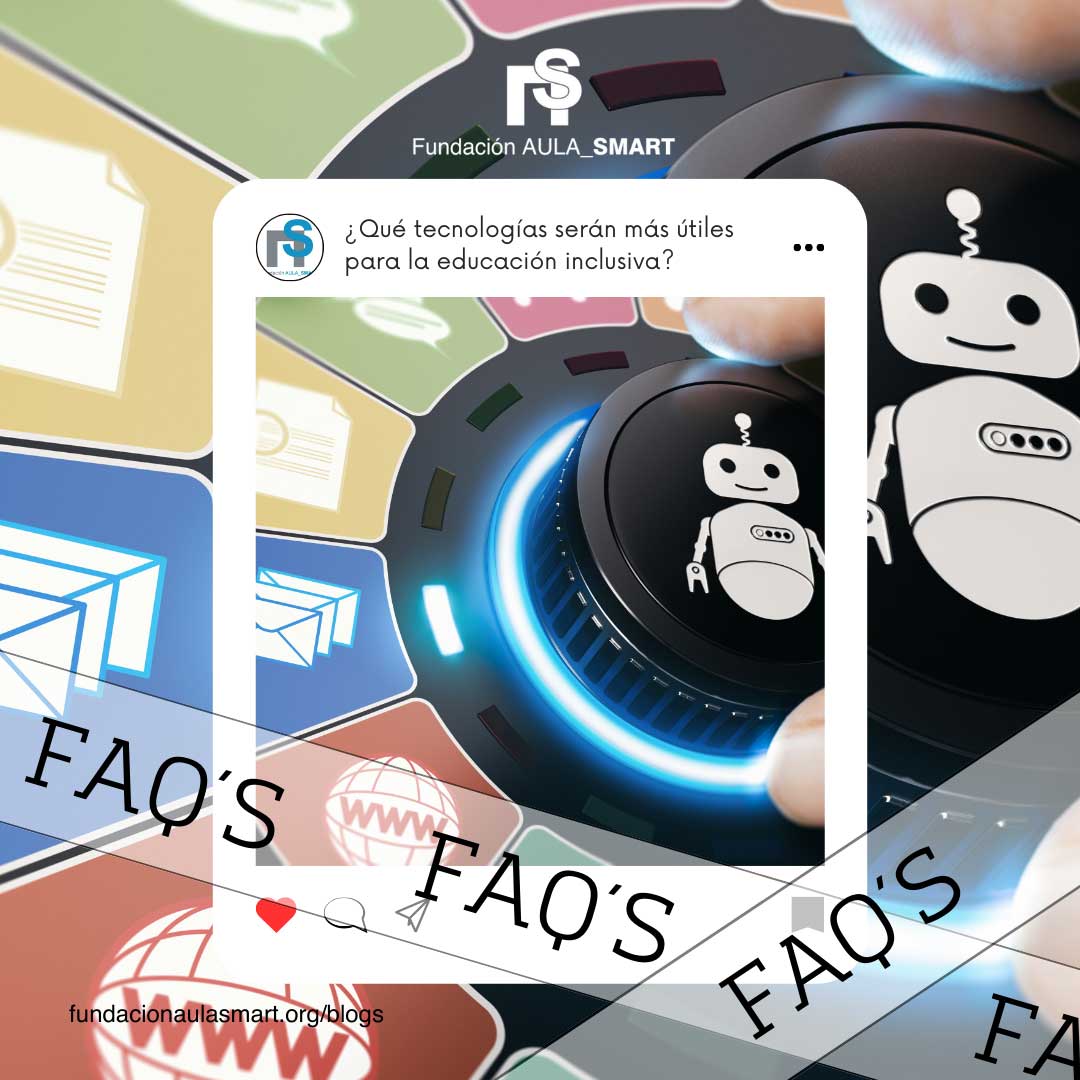

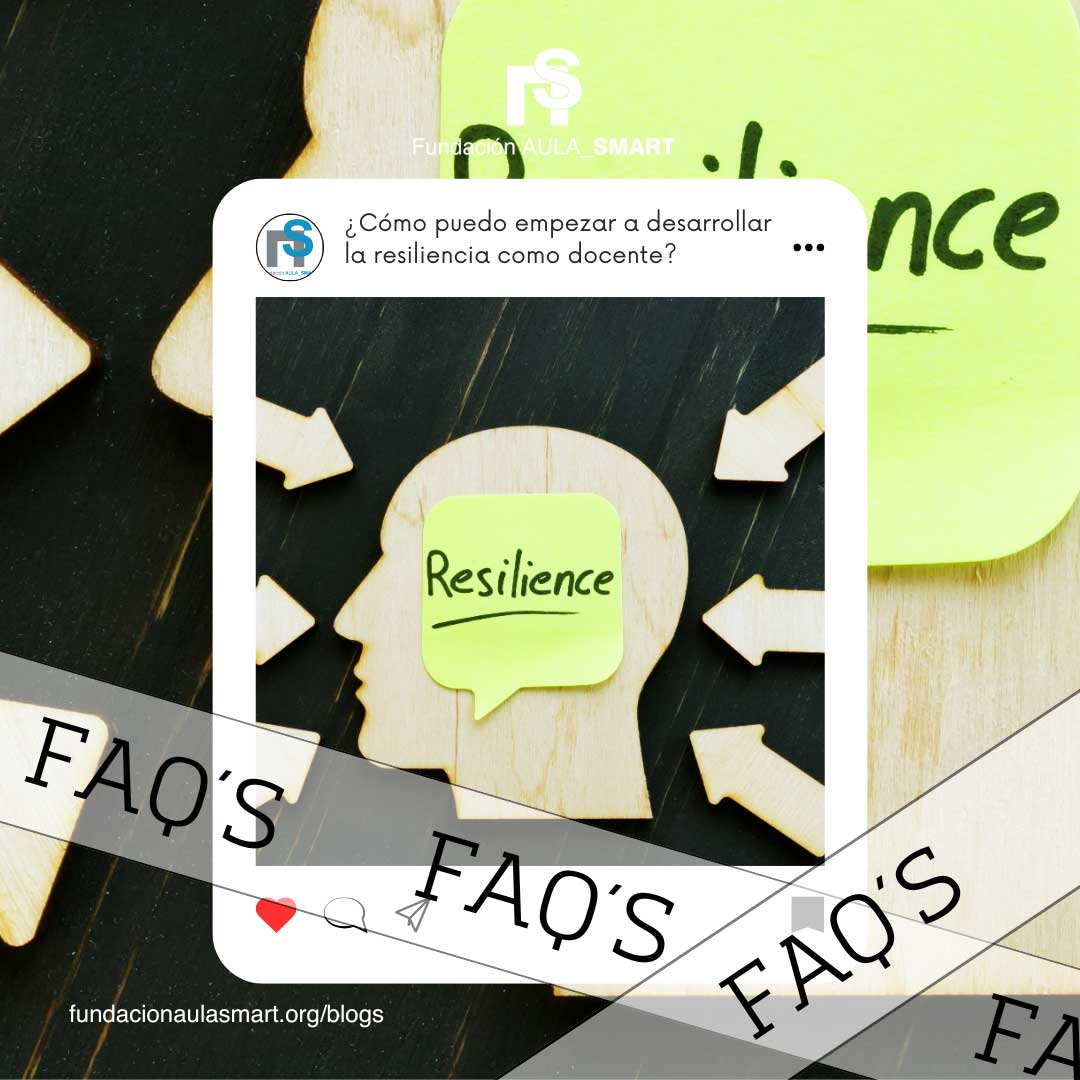
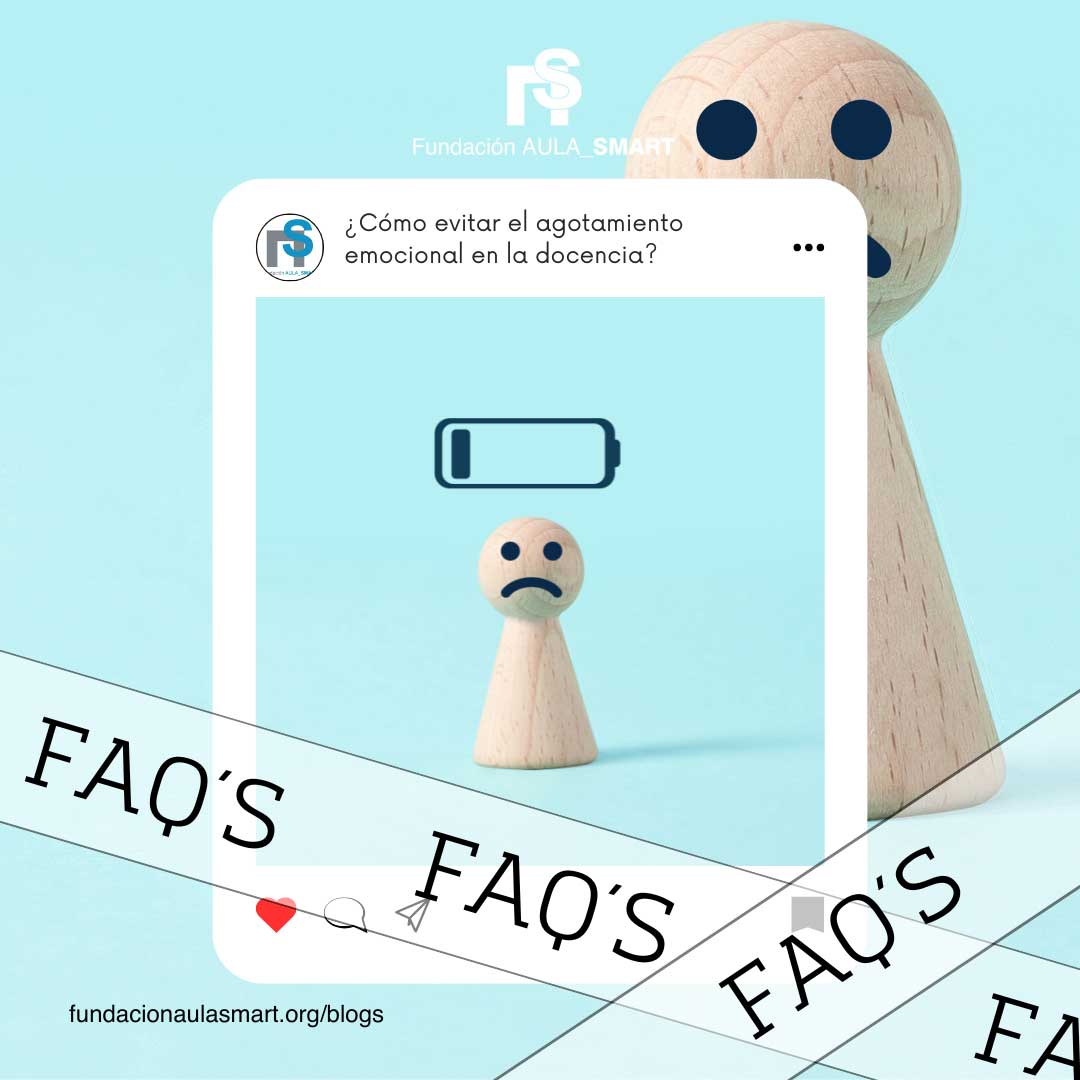
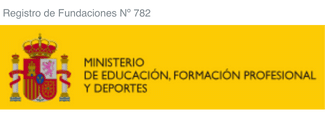
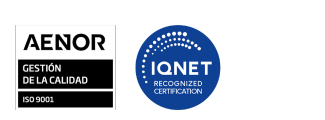



Leave a comment
All comments are moderated before being published.
This site is protected by hCaptcha and the hCaptcha Privacy Policy and Terms of Service apply.